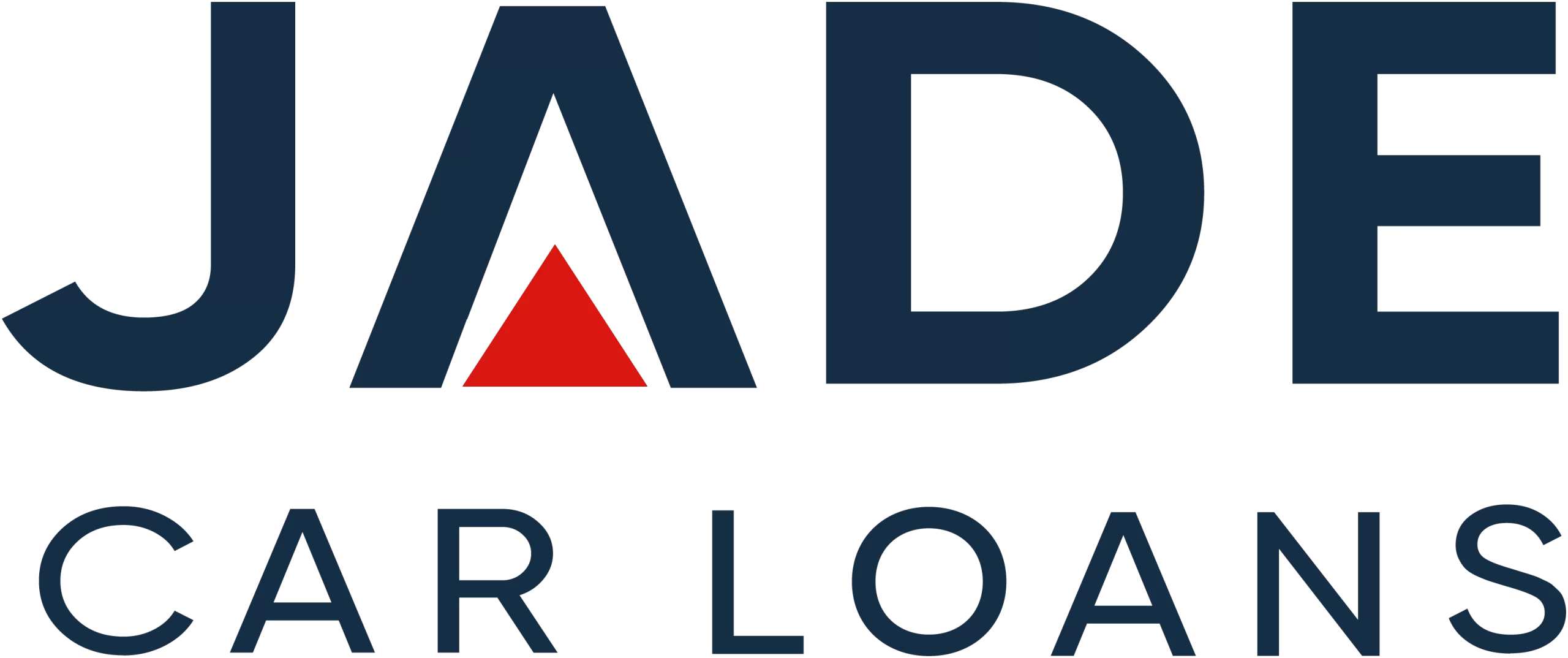As was highly expected, the Reserve Bank of Australia (RBA) announced yet another increase in the cash rate at its 2 August Board meeting. The August rate rise was somewhat of a foregone conclusion following the release of record employment and inflation figures by the ABS in the weeks prior. The only real unknown factor for August was how much the rate rise would be.
The RBA 0.5% August rate rise increases the rate to 1.85% up 1.75% in four months, placing pressure on car buyers to seek the lowest motor vehicle finance rates. Even a small difference in the interest rate on a car loan can represent a significantly higher repayment and more total interest payable on the loan over the finance term.
Those planning motor vehicle purchases with finance in coming months, the important issue may be not so much today’s rates but what the RBA may have in mind for further rate rises. We cover off on the RBA August decision to provide insights and the reasoning behind the decision.
RBA August Statement
The Board of the RBA meets on a monthly basis to make decisions around monetary policy and the official cash rate. At its meeting on 2 August, the Board made the decision to increase the rate by 0.5% to 1.85%. The decision is announced via a statement
The key points in the August 2022 RBA statement include:-
- The Board’s priority to return the rate of inflation to the target range of 2-3% over time.
- At the same time, maintaining the Australian economy ‘on an even keel’.
- Governor Lowe notes there is a narrow path to achieving this balance.
- Uncertainty exists in particularly as a result of global issues.
- Global growth outlook has been downgraded as a result of high inflation, monetary policy tightening by many countries, invasion of Ukraine and China’s measures to contain COVID.
- Australia’s inflation has reached the highest since early ‘90s at 6.1%.
- Both global and domestic factors contributing to rising inflation in Australia.
- Strong demand is putting pressure on prices while the tightness in the labour market and other issues are limiting supply through constrained capacity.
- Flood events impacting prices of some goods especially fresh produce.
- Inflation expected to peak late in 2022 to around 7.75%, fall to slightly over 4% in 2023 before approaching target range of 2-3% in 2024.
- Expectations are for economy to record strong growth in 2022 but with slower pace.
- Forecast for growth in GDP 3.25% in 2022 and 1.75% in 2023 and 2024.
- Unemployment at 3.5% indicates tighter labour market and 50 year low rate. Further falls expected in coming months.
- Uncertainty remains around household spending behaviour. Inflation and price increases are placing pressure on budgets. Consumer confidence has dropped, decline in house prices in some areas.
- However, jobs are being found and additional work hours are being obtained.
In summing up, RBA Governor Lowe said that the Board would be looking closely at how these factors develop in assessing the appropriate settings for monetary policy. Dr Lowe said the August rate rise was another step in the process of normalising monetary policy. It was required in order to return inflation to the target range and to create a better balance of supply and demand.
Additional steps in this normalisation process can be expected in future months. However, the Board does not have a ‘pre-set path’. Data and an assessment of the inflation and employment outlook will determine the Boards decisions around the timing and the size of future rate rises.
Market Reactions
The banks and other lenders traditionally follow the RBA decisions by increasing lending rates in their individual markets. The response to the August decision appeared somewhat delayed compared with some other decisions which the major banks appearing to not want to be the first to go.
As far as the outlook, economists from leading banks and other organisations have a take on how they see the scenario developing. From a few sources only, we read forecasts of the cash rate reaching 2.6% by year’s end and financial markets reportedly tipping that the cash rate will top 3.2% by first quarter next year. In more positive news for those planning to take on finance down the track, some economists are tipping rate cuts into next year as the current round of rate rises slows economic growth.
Motor Vehicle Finance Prospects
Interest rates on both personal car loans and vehicle business financing typically rise and fall in line with RBA rate decisions. The specific amounts of any changes will depend on the individual lender guidelines and situations. Some lenders will even lift their rates in anticipation of RBA decisions.
For our customers with existing fixed interest rate car loans, changes in rates will not impact your loan. Those with variable rate loans may see an increase in the rate and the repayment. Compare the latest business car loan interest rates.
Jade Car Loans focuses on achieving the cheapest fixed interest rates across our portfolio at all times. With more choices in lenders, we offer those seeking car finance a fast and efficient service for securing better rates and cheaper overall finance.
Contact Jade Car Loans at 1300 000 003 for cheaper car finance across personal and business vehicle finance products.
DISCLAIMER: IN REGARD TO MISREPRESENTATIONS AND ERRORS CONTAINED IN THE MATERIAL AS PRESENTED, LIABILITY IS NOT ACCEPTED. THE DETAILS AND CONTENT IS PROVIDED FOR CAR BUYERS AND INDIVIDUALS AND BUSINESS SEEKING FINANCE PURELY AS GENERAL INFORMATION. THIS IS NOT PROVIDED AS THE ONLY SOURCE OF FINANCIAL INFORMATION. ANYONE THAT CONSIDERS THAT NEED FINANCIAL ADVICE ABOUT THEIR SPECIFIC REQUIREMENTS SHOULD SEEK THEIR OWN FINANCIAL ADVISOR.


